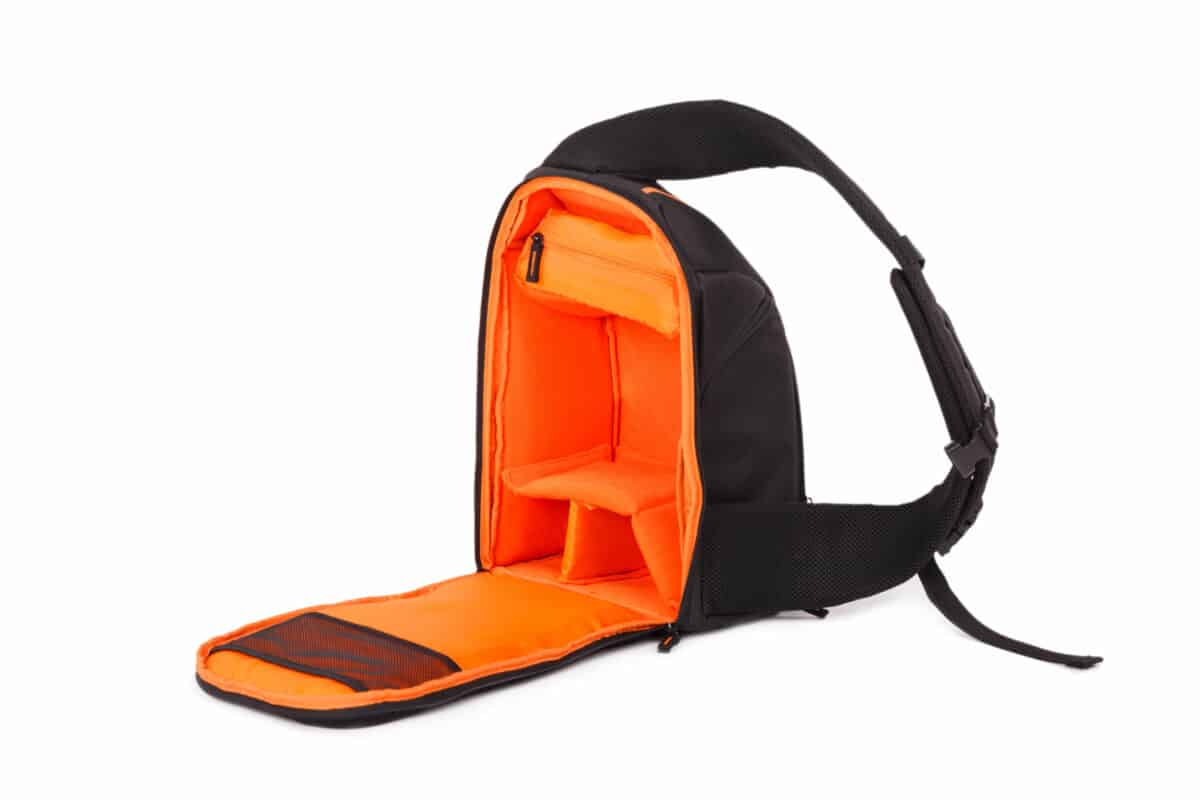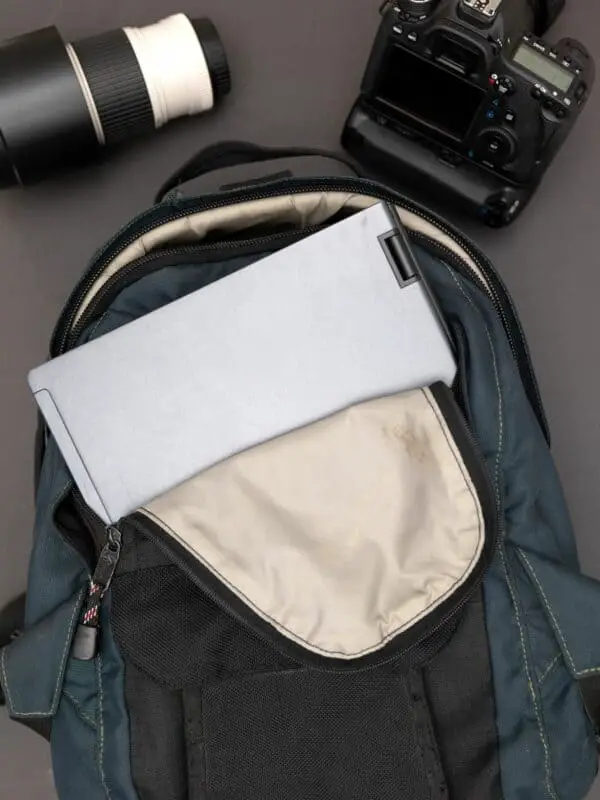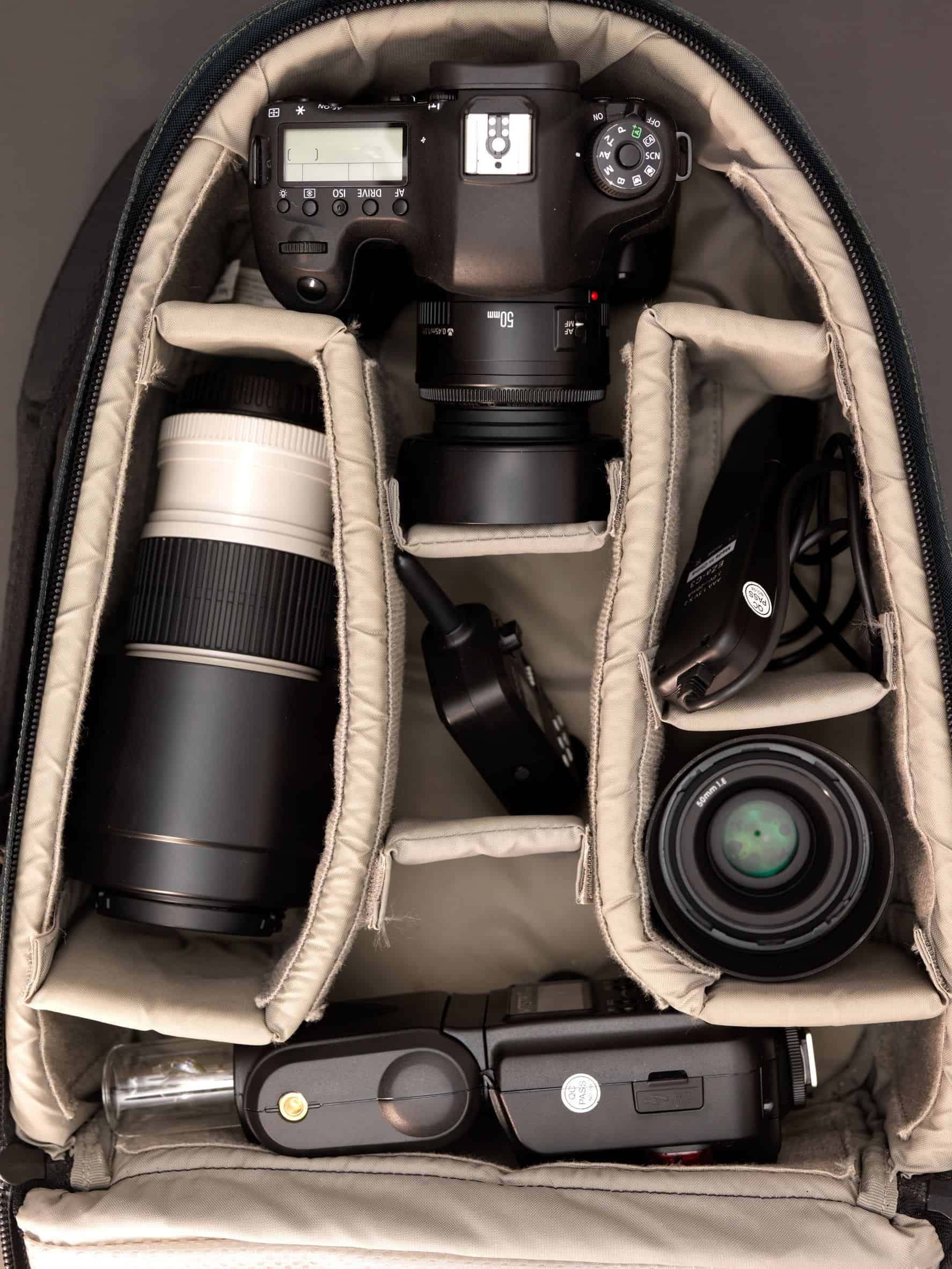Cameras are a must when traveling to archive the best photos of your trip. While some opt to use their phone, many prefer a physical camera. When keeping your camera and accessories safe, a camera bag is necessary, especially while flying.
Camera bags can be counted as hand luggage as long as they are within the airline’s required size to fit underneath the seat. If the load is too large, the airline might ask you to place the bag in the overhead cabins with the other carry-on bags.
If you want to keep your camera and camera bag close by, it is important to understand when you can. This article will detail the best ways to travel with a camera bag and its requirements to be considered a hand luggage or a personal item.
Table of Contents
Traveling with a Camera Bag as Luggage
The safe way to fly with a camera bag is to have a camera bag with you as a carry-on or personal item. Having your camera on the flight with you can help prevent your camera from being stolen or broken without you knowing, which could happen if the camera were to be checked.
Some critical factors that can influence whether your camera bag will meet airline regulations for hand-luggage and be with you on the flight are listed in the following sections. They include size and accessories.
Bag Size
When deciding between a hand-luggage and an overhead carry-on item, it comes down to the size.
- If the bag can fit under an airplane, then it can be a personal or hand-luggage option.
- If it is too big to go under the seat, it will have to be stocked in an overhead bin and counted as a carry-on.

Most purses and backpacks can fit underneath the seat. If you are worried about the size, try not to fill the bag so much and leave room to push your camera bag under the seat.
Camera Safety
One of the main reasons for bringing your camera on the plane with you is for the camera’s safety. A checked bag is known for getting thrown around and not safe for any valuable objects, given they pose the threat of being broken.
Ensure your bag has a lot of padding. If not, you can purchase camera cubes, which offer a lot of support and safety to the camera. An accidental drop could result in permanent and expensive damage for any camera. Having it protected as much as possible can help save a cracked lens.
Accessories
Some accessories can take up a lot of room in your camera bag. If using a smaller bag, make sure only to pack the necessary accessories. With a more oversized bag, you risk the chance that the airline will want you to check it.
Camera film like 35mm used in a film camera should not be put into a checked bag, as the x-ray machines will ruin the film. The safest way to have the film on a plane is with you. Ask security for it to be hand-searched to avoid being x-rayed and possibly destroyed.
Do Cameras Bag Count as Carry-On?
Yes! Camera bags can be counted as your carry-on bag as long as they are within the cabin’s size requirements. The average size is:
- 22 inches long
- 14 inches wide
- 9 inches tall
Most airlines will allow bags this size on. Keeping these dimensions in mind is an excellent way to ensure that your bag is counted as a personal or hand-luggage.
As long as the camera bag you are using fits within the airline’s requirement, there should not be any issues. If you want to use a larger bag, it can be counted as your carry-on, or a smaller bag can be used as a hand luggage bag.

Carry-On vs. Checked
These two terms are widespread, often heard when talking about flying and travel, and there is one significant difference. A checked bag tends to be much larger and heavier, and this suitcase will get placed underneath the plane while flying. A carry-on is a smaller bag that goes onto the plane with you, and it stays with you the entire time.
Checked bags are notorious for being handled rough, and things can get broken relatively quickly. It is best not to have anything expensive or valuable in a checked bag. Anything worthwhile should go on the plane with you to ensure that it is safe.
Organization
One of the best ways to save room and time at the airport is by making sure your bag is very organized. Having wires together in a pocket and having batteries together can leave a safe amount of room to add extra accessories.
It will also be great if your bag gets searched by TSA because this allows them to look through it without any issues and will be easier to repack after. Having an organized bag also tends to leave more room for additional camera gear.
What Is Hand-Luggage?
Hand luggage or a personal item can be various things, but they must be small and able to fit under the seat in front of you. Most airlines offer an individual piece of hand luggage, in addition to a carry-on bag or suitcase. A few common items that can be kept as hand luggage are:
- A Backpack
- A Computer Case
- A Purse
As long as the hand luggage is under the required size and can fit underneath the seat, there should be no issues when traveling. A personal item is great during longer flights to have the basic things you need to avoid going into the flight’s overhead bags.
Types of Camera Bags for Luggage
There are many different camera bags that photographers use. Each bag has its variations to keep your camera safe. With the right gear, your camera will be safe and almost might have so extra room for a laptop!
A backpack-style bag has two straps and looks like a backpack, and it tends to zip around, giving easy access to all your equipment. While this bag is more comfortable to carry around, it tends to be riskier when traveling to different countries.
A side bag is a bag with one strap that goes over your body. These are great for both flying and a safer option when traveling. Having the bag next to you is more challenging for people to get into, making it somewhat safer than a traditional backpack.
Common Camera Bag Items to Leave Out
When bringing your camera bag on the flight, it is essential to follow standard airplane guidelines, making sure to avoid bringing certain things with you, such as:
- Alcohol spray – over 3.5 oz
- A Large Tripod Stand
- Lithium Batteries
Liquids over 3.5 ounces are never allowed on flights, and this includes any liquid you might bring for your camera. If you have a fluid, make sure to transfer it into a smaller bottle to ensure it passes through security. Long, pointy tripods might not make it past security. Also, it could be viewed as a blunt object and pose a security threat.
Conclusion
Cameras are a great thing to have while traveling, having the ability to capture stunning photos that a phone camera could never capture. Some get worried when traveling, but it is simple as long as you follow the airline’s size, weight, and luggage requirements.
Always check to make sure the airline allows two items on the plane, a carry-on and handle luggage. This way, your camera bag can count as one of them. If not, your camera bag will have to be your carry-on item.

